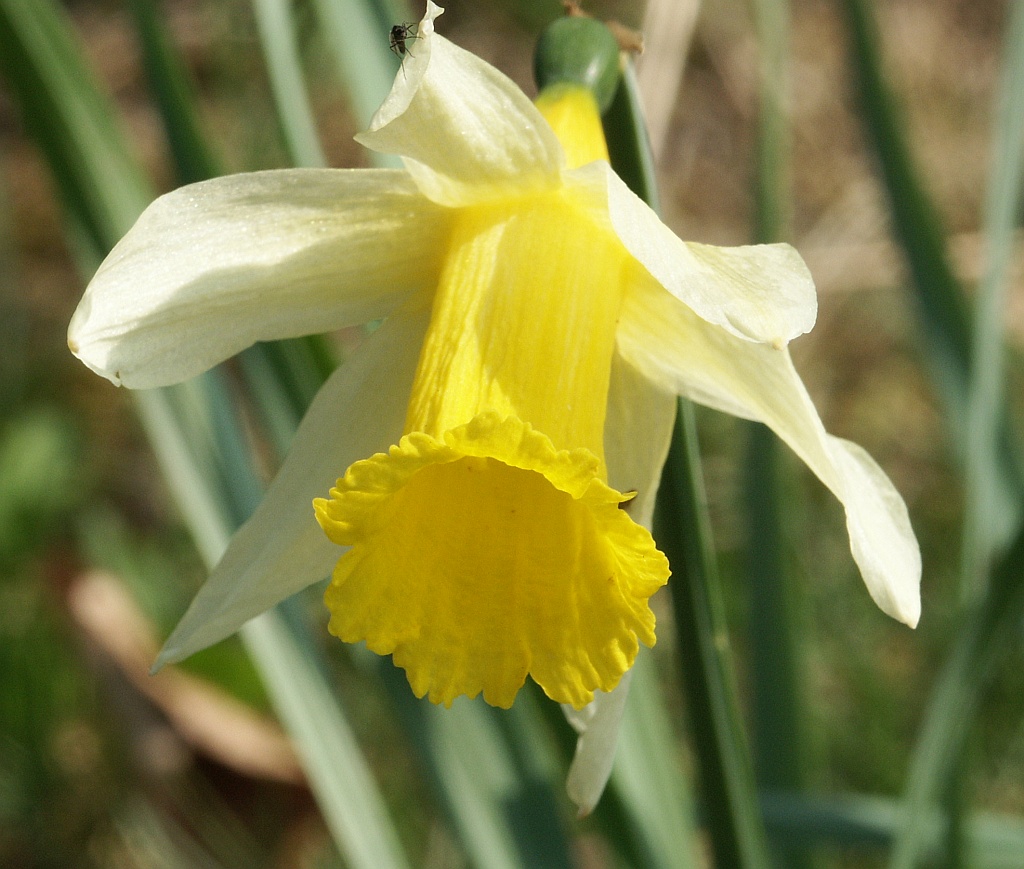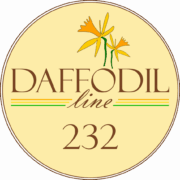As we move from the cold and darkness of Winter into Spring, the plants, birds and animals of the countryside shall be rousing from dormancy and hibernation. This erstwhile period of reduced stimulation is essential for maintaining reserves of energy for the growth and reproduction that follows.
Unfortunately, lights from buildings and traffic are perceived by the pineal gland, inhibiting melatonin biosynthesis in the brain, thus disrupting circadian bio-rhythms of sleep and activity; they even influence plant growth. Coupled with anthropogenic climatic alterations, it is therefore a matter of ecological exigency that we minimise our impact on this process to avoid degradation. Artificial light dazzles, casts shadows, and interrupts our eyes’ dark adaptation by pupil expansion, perhaps increasing our fear of the dark – but natural darkness is healthy for people too, benefiting sleep, astronomy and accompanying our cultural ties to the land and the firmament.

One of the best ways to develop a kinship and affinity with our natural environment is to spend time in it, and we are fortunate to have a sustainable rural public transport route that allows us easy and affordable access to nature. The 232 Daffodil Line is the current incarnation of the original railway (closed by Rt Hon Lord Beeching, in 1959) that in the 1930s brought tourists from London on GWR ‘Daffodil Specials’. Since the 1970s Daffodil Teas, Weekends and Walks occur in the Golden Triangle, and the ‘Daffodil Bus’ is the ideal link to these events as it reaches its first anniversary.
The Wild Daffodil Narcissus pseudonarcissus inhabits damp waysides, deciduous woodland and old pastures. It grows to a maximum of 35-40cm but is usually smaller, displaying six pale yellow tepals and a deeper yellow corona. The name Daffodil is a probable corruption of the Greek Asphodel, which the ancient god Hades planted by the banks of a river to brighten the underworld in memory of Narcissus, who pined after having spurned the love of the nymph Echo, of whom only her voice remains. Although it is known by some as the Lent Lily, it is possibly more closely related to onions! It has had a varied taxonomical history, variously being attributed to Liliaceae, Amaryllidaceae and Alliaceae plant families, and it is a monocot, meaning it has a single first leaf.
It is slow to mature, taking about 7 years from seed to producing seed, and as such can be out-competed by garden varieties of hybrid vigour, or hybridise with them, so think carefully before planting garden cultivars. Reproduction can be both vegetative bulb-division and insect-pollinated seed. It is inedible, as to protect itself it contains the poisonous narcotic alkaloid Lycorine, however such substances may inhibit cancer development and treat dementia. Wild Daffodils’ tendency to grow in damp places is reflected in Welsh mythology of Rhiain-Non, Rhiain meaning stream, and these delightful heralds of Spring grew up where she gave birth to St David, around a spring-fed healing well.
The Golden Triangle of Dymock, Kempley, Oxenhall and Newent is one of the best places in the world to see these plants in their wild form, and the 232 Daffodil Line Bus is the best way to get to see them.
May the little golden stars adorn your way.


